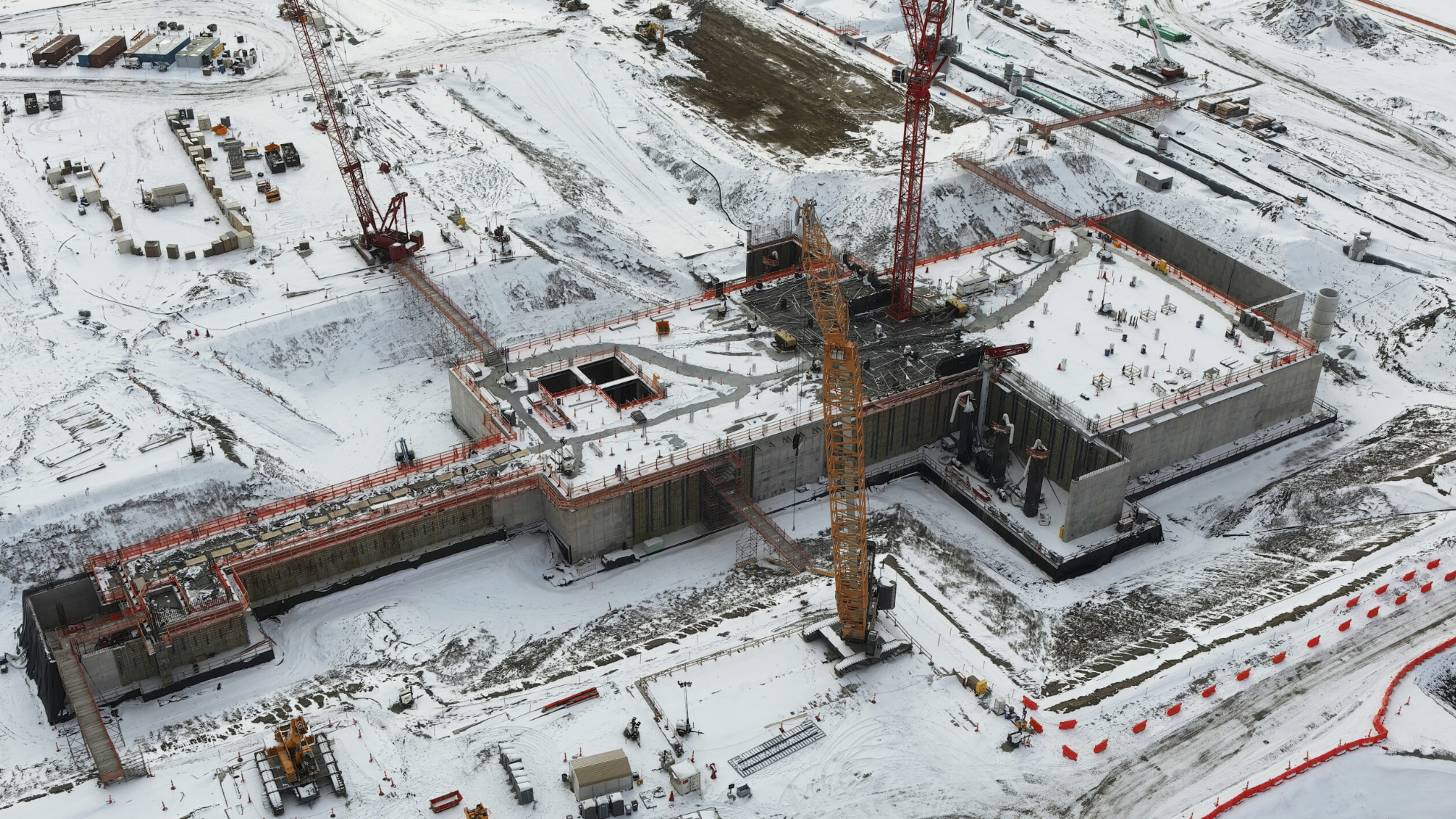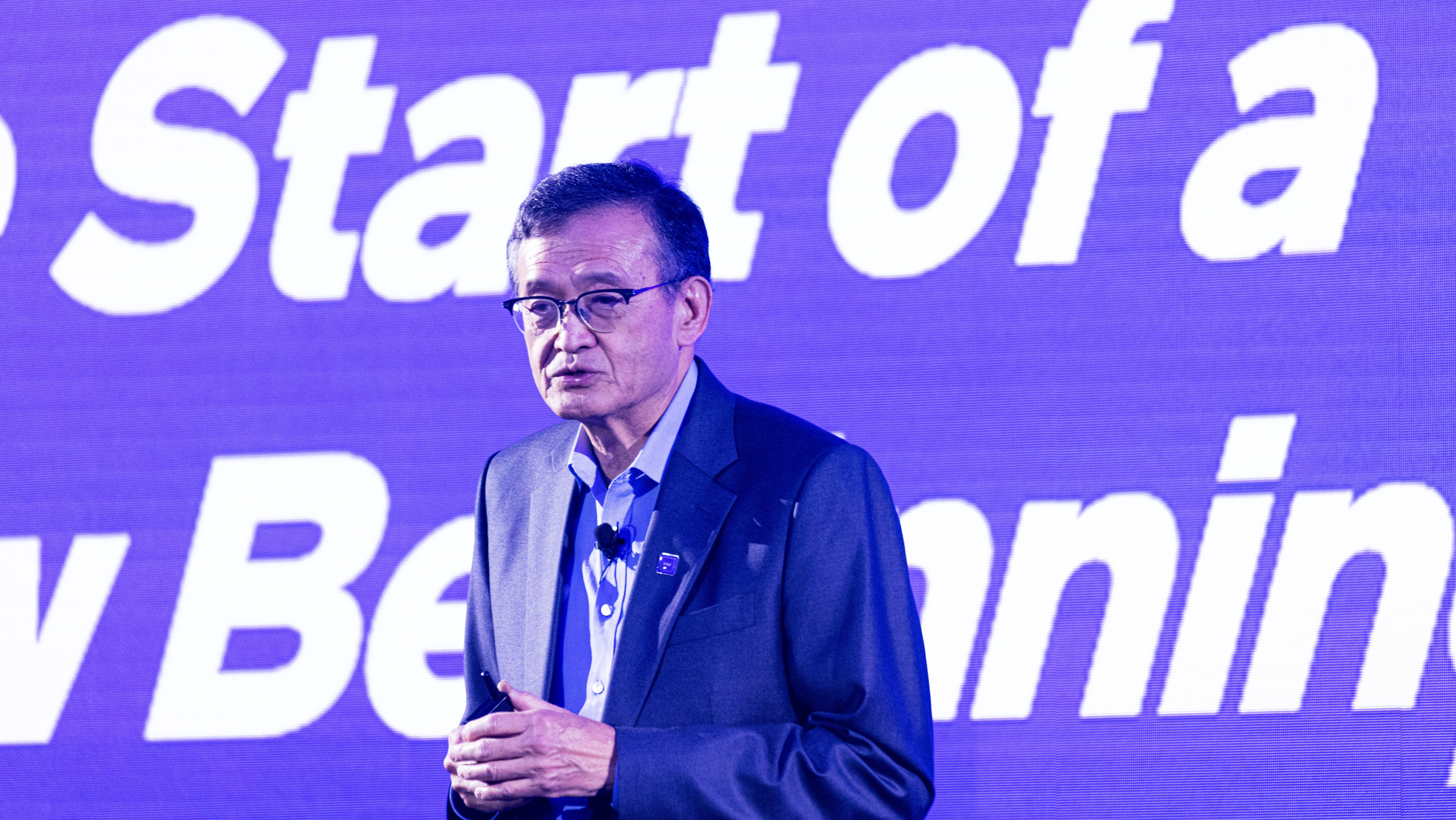Intel affirms commitment to $28 billion Ohio project despite delays — company responds to U.S. Senator's hint of 'a charade or potential fraud'

Despite facing numerous setbacks, plans for Intel's upcoming Ohio fabrication plant are still alive and kicking, as reiterated by the company in a response to U.S. Senator Bernie Moreno. Bloomberg reports that the lawmaker wrote to Intel last week, demanding updates on the delayed chipmaking facility that was initially supposed to launch this year, but was pushed back to at least 2030 earlier this year. Intel has now responded to Moreno, but didn't address the full body of the inquiry.
“We continue to work closely with local stakeholders, the Ohio congressional delegation and the state of Ohio to advance the needs of the state and Intel’s priorities," said Intel's spokesperson in comments reported by Bloomberg. The company further clarified that the Ohio project "remains an important part of our long-term plans to expand leading-edge manufacturing on US soil.”
Intel, in unison with the Biden administration, announced the highly ambitious Ohio One project back in 2022. It was originally pitched as the world's largest semiconductor facility, housing eight fabs, boosting local development, and fortifying the nation's position in leading-edge chip manufacturing. Moreno says Ohio's local government granted $2 billion, along with almost $700 million worth of new infrastructure, for its development. Unfortunately, none of that has materialized so far due to a myriad of reasons.
Moreno rigorously questioned Intel in his letter, stating that he wanted to ensure that Ohio ratepayers and taxpayers "are not being taken advantage of," and that this investment is "not a charade or worse potential fraud." The Senator also asked how Intel would "mitigate any expense" that piled up as a result of these setbacks. The chipmaker didn't directly mention any specific economic contingencies in its response, but did give a sort of blanket statement that it's "committed to advancing US technology and manufacturing leadership."

Since Ohio One's announcement three years ago, Intel has seen a management overhaul and continued layoffs that might've inhibited its ability to resume the project at the same pace. Silicon Heartland, as it was once referred to, was prophesied to be the birthplace of Intel's 18A (and 14A) process, but it's now expected to be used for future nodes that won't be in production till at least 2030. The past few months have been looking extra gloomy for Intel as it struggled to secure external customers for its foundry, but things are changing.
Intel now has the backing of not only the industry's biggest chipmaker, Nvidia, with a $5 billion investment, but the U.S. government, which now owns 10% of the company. Of course, the White House's stake in Intel represents more than just financial strategy; it's a national security plan to ensure the only competitor to TSMC stays afloat, and without a life jacket. Therefore, it won't be unreasonable to assume that support from the Trump administration could've given Intel further confidence over its Ohio fab project.
Follow Tom's Hardware on Google News, or add us as a preferred source, to get our up-to-date news, analysis, and reviews in your feeds. Make sure to click the Follow button!
Get Tom's Hardware's best news and in-depth reviews, straight to your inbox.

Hassam Nasir is a die-hard hardware enthusiast with years of experience as a tech editor and writer, focusing on detailed CPU comparisons and general hardware news. When he’s not working, you’ll find him bending tubes for his ever-evolving custom water-loop gaming rig or benchmarking the latest CPUs and GPUs just for fun.
-
DS426 ReplyAuthor wrote: "Of course, the White House's stake in Intel represents more than just financial strategy; it's a national security plan to ensure the only competitor to TSMC stays afloat, and without a life jacket."
Samsung isn't a competitor to TSMC?